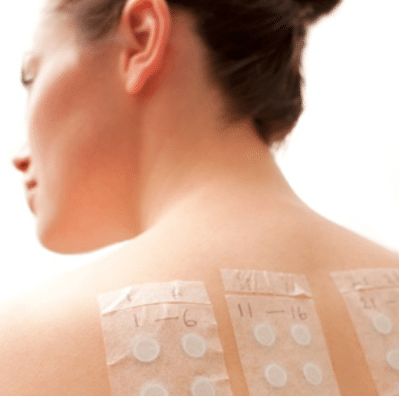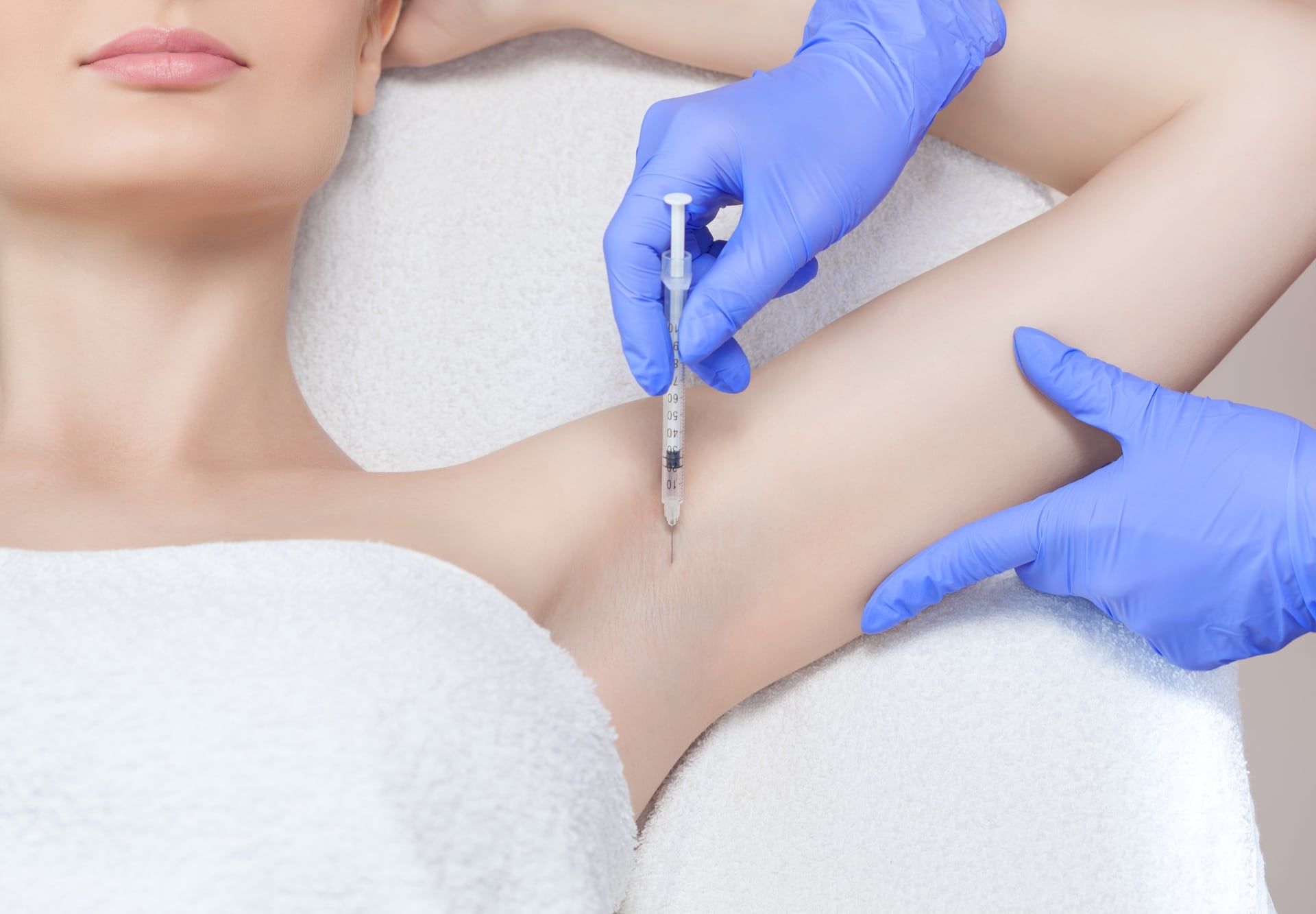
Photodynamic Therapy
Photodynamic therapy (PDT) is an extremely effective treatment used to treat sun damaged skin in our patients. This treatment involves applying a photosensitizing medication to the skin and then using a light source to activate it. We have perfected the procedure and prefer to perform it with a laser. Our protocol involves applying one of the FDA approved photosensitizers (Levulan or methyl aminolevulinate) to the to the entire face or affected areas for 1-3 hours. Then, the Candela laser beam is precisely pulsed onto on the areas where the medication was applied. The laser allows Dr. Woods to tailor the treatment more precisely. After the laser procedure, the medicine is washed off the face and patients may return home. It is important to avoid the sun for 48-72 hours after the procedure. Patients will experience redness for 1-3 days after the procedure and then the areas will peel for a









